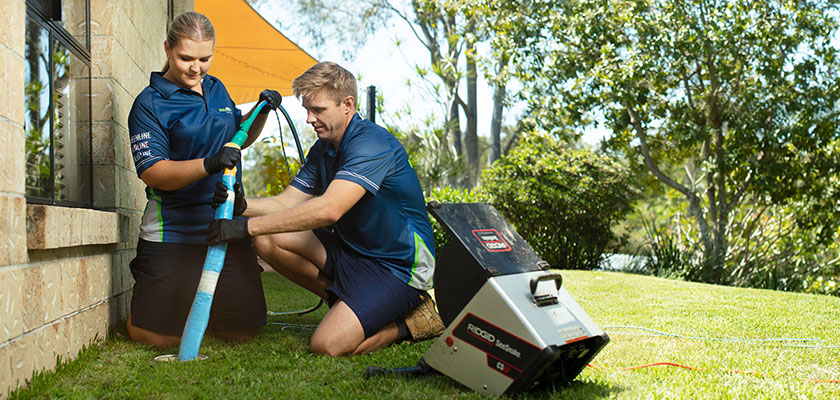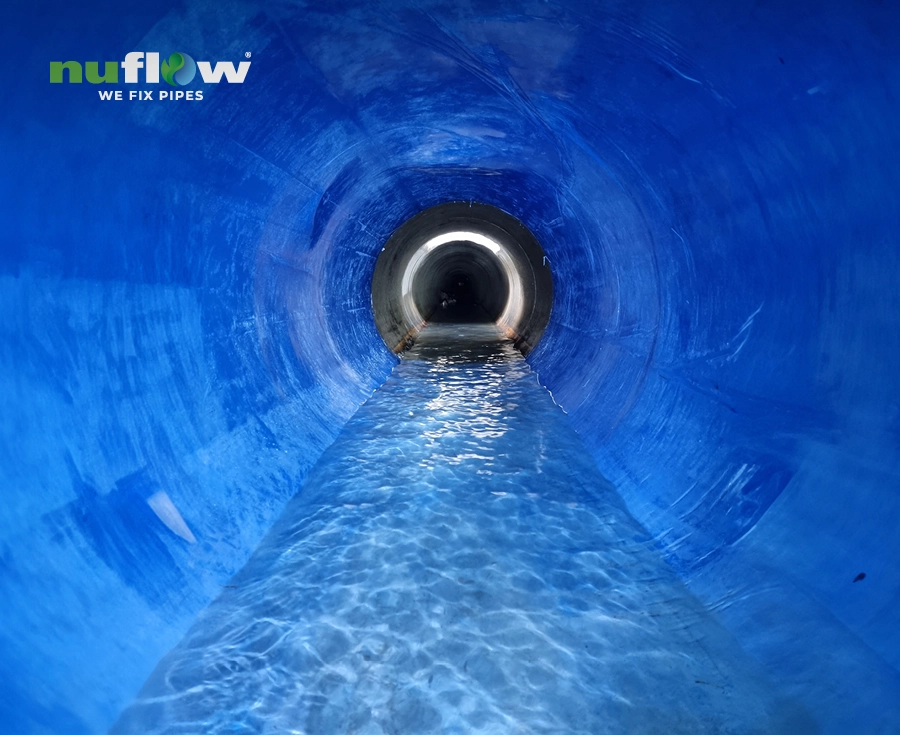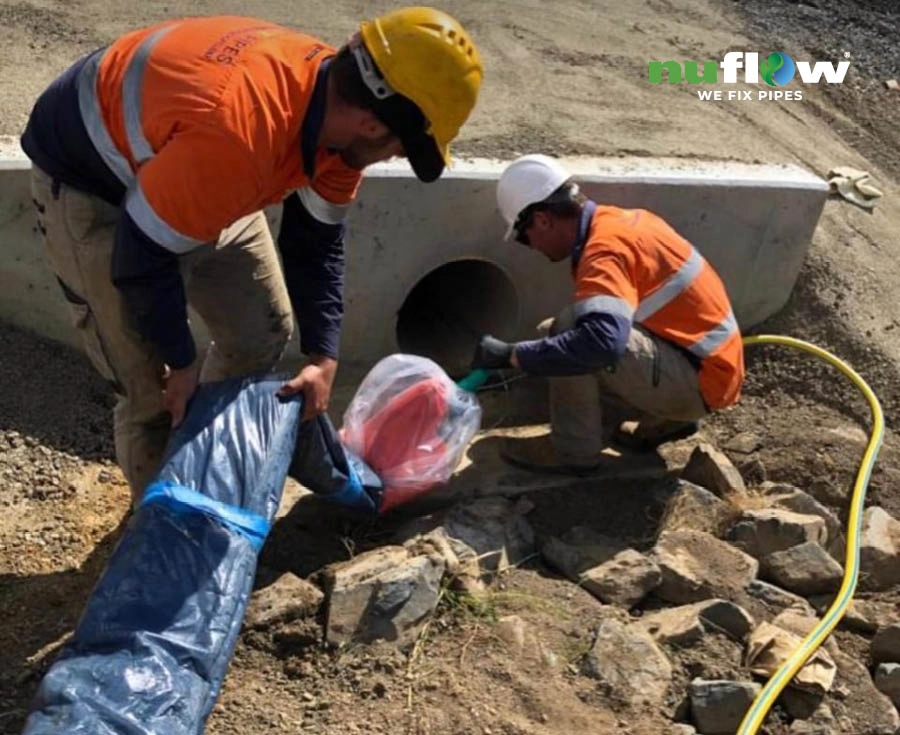While more and more people are hearing the term ‘trenchless’ when it comes to plumbing and pipe repairs, there is still plenty of confusion over what this no-dig technology includes and how it can be used more to quickly repair damaged or broken pipes.
This article explains no-dig (trenchless) technology, provides examples of some of the trenchless technologies available and considers the advantages of these alternatives for consumers.
It also gives tips and advice about where you can go for more information.
What is no-dig technology?
Lead-free paint, driver-less cars, PABA-free sunscreen and trenchless pipe repairs all have one thing in common. They’re improvements on old technologies which were found to be doing nearly as much harm as they were good.
These advances upon old ways of doing things mean we can now touch up the nursery knowing bub won’t be breathing in lead fumes all night. We can lol about on pool toys for hours, safe in the knowledge our thyroids and endocrine systems will still be doing their job in 20 years. And we can repair broken and blocked pipes around our homes without the need to dig up the yard or (even worse) cut through the tiles on our bathroom floor.
As industry magazine Utility: Engineering, Construction & Maintenance explains, trenchless technologies are a suite of construction techniques used to install and rehabilitate buried assets such as water and gas mains, sewers, and conduits for electrical and telecommunications cabling. They require minimal surface disruption, thereby offering significant benefits to surrounding communities and environments.
They go on to say, however, that whilst many of the big players in underground utility and service provision are using these methods regularly, surprisingly fewer residential or smaller organisations are taking advantage of the benefits they offer.
The reasons for this are two-fold.
Firstly, there is a significant lack of education/information about what no-dig technology can achieve. There are many experienced handymen, carpenters, and general tradespeople for example who have a vague idea of what pipe relining is, but when pressed find it hard to explain how it works.
Secondly, there is the very human tendency to stick with what we know. This is the reason most referendums don’t get up. People just feel more secure (particularly as they age) doing things the way they’ve always been done”¦ regardless of whether there might be a better way.
The Australian Food History Timeline explains that microwaves, for example, were actually invented in the USA in the late 1940s and began selling domestically there in 1967. By 1980 150,ooo Australian households had taken the leap and invested in the technology but it took another 15 years (December 1995) for microwaves to become generally accepted down under, with 77 per cent of households purchasing one. Of course, a big part of that shift would have come about because of the fact that uptake of new technologies is always faster in young people. Hence as teens moved into young adult and parenthood, their resistance to microwave technology would have already been softened.
And it is a similar scenario with no-dig plumbing and pipe repairs.
No dig drain repair is simply that; pipe repair technology and plumbing that doesn’t require digging (no trench). It’s not often that construction methods are predominantly known for what they don’t accomplish. But, the fact that trenchless technology doesn’t require a trench is really its big advantage.
Trenchless no-dig technology is basically tunnelling below the surface to install service lines without anyone noticing on the surface. It is how tunnels are built under rivers and channels and how gas lines can be laid through sensitive environments without disturbing the flora and fauna above. Importantly it is how pipes are repaired without destroying the homes and lifestyles of people living above or around them, especially in highly populated urban areas.
TYPES OFTRENCHLESS, NO-DIG TECHNOLOGY
Trenchless methods have been used across the world for the last 50 years but have only become popular in the Australasian region since about 2005. As the trenchless industry continues to develop and expand, new methods are being developed and earlier ones more highly refined. This means there are now no-dig alternatives that will suit virtually any soil, location and even budget conditions.
The most popular trenchless no-dig technology methods are:
For rehabilitation (where a pipe exists and needs repair)
- Cured-in-place pipe (CIPP)
- Slip lining
- Pipe bursting
- Thermoformed pipe (fold and form lining)
- Spiral wound lining
For construction (where no pipe exists and it needs installation)
- Horizontal directional drilling (HDD)
- Micro-tunnelling
- Horizontal auger boring (HAB)
- Pipe ramming
- Pipe jacking.
For an overview of how each of these methods operates and the advantages and disadvantage of each, you can access an information table.
advantages of no-dig drain repair
When trenches need to be dug there is usually a significant labour cost to add to the cost of parts but there are also many other factors homeowners need to consider.
Traditional methods of pipe repair (digging trenches, removing broken pipes and replacing them with new ones) will be the better overall option if:
- You are certain of where the damage is
- You are certain of what the damage is and that there are no other factors contributing to the pipe issues you are having
- The damage is located in open, easily accessible soft soil
- There are no built or valued structures or gardens in the vicinity
- You have no concerns about the ground conditions above or near the damage
- There is no risk of soil collapse
- You are capable of doing the digging and most of the work yourself.
If any of the above is not the case, however, a no-dig repair, such as cured-in-place (CIPP) relining offers significant advantages.
CIPP relining is one of the simplest and most effective forms of trenchless pipe rehabilitation because it is fast, non-invasive and affordable. It is termed ‘cured-in-place’ because put very simply, a synthetic liner is soaked in a composite resin formulation, inserted inside the damaged pipe (using varying methods) and cured where it sits, to cover the damage and form a new, stronger pipe inside the old.
There is only one fully Australian company designing, manufacturing and installing no-dig, trenchless pipe repair products in this region. Nuflow Technologies has been repairing broken and blocked drains using CIPP relining since 2004. From their own laboratories in Queensland, in-house chemists and engineers design a range of composite resin formulations for Australian and New Zealand conditions. They then use the ‘pull-in-place’ installation method, which is the most cost-effective method for most residential and small business situations and requires only existing access points for installation.
advantages of pull in place cipp Relining
Particularly if there are built structures or sensitive habitats nearby, relining is usually the safest, fastest, most cost-effective and least invasive way of repairing pipes.
Some of the cost-saving advantages are:
- It’s around 70 per cent cheaper (on average) than digging
- Most jobs are completed in one day
- There is little disruption to business activities, operations or services
- You can protect customer relations and income
- It is a permanent structural solution
- It is a joint-less technology meaning much less chance of invasion from tree roots, future breakdowns and repeat repair costs
- There is reduced destabilisation of nearby infrastructure
- There is reduced risk of damage to other services (electricity, telecommunications etc.)
- There are fewer WHS issues (no road closures, traffic management, excavation, demolition, or infrastructure repair or restoration)
- There is reduced risk to customers and the public
- No chemical residue/hazardous materials are used
- There are no risks associated with heavy machinery
Other benefits include:
- Improved flow rates (in most circumstances) due to better pipe condition
- Very little destabilisation and disturbance of surrounding soil/earth
- The reduced impact upon sensitive natural species (insects, flora, fauna)
- Reduced noise and air pollution
- Fewer carbon emissions generated by relining materials and processes
- Fewer negative impacts on users, customers, neighbours, family and the community
- Fewer complaints resulting from invasive works (road closures, environmental damage, pollution concerns, lack of supply)
- Greater capacity to preserve buildings and infrastructure of historical significance
- Improved reputation and customer engagement through the adoption of more environmentally-responsible, sustainable and innovative practices
If you’ve got questions about whether relining is right for your project, a Nuflow technician will be happy to help.




